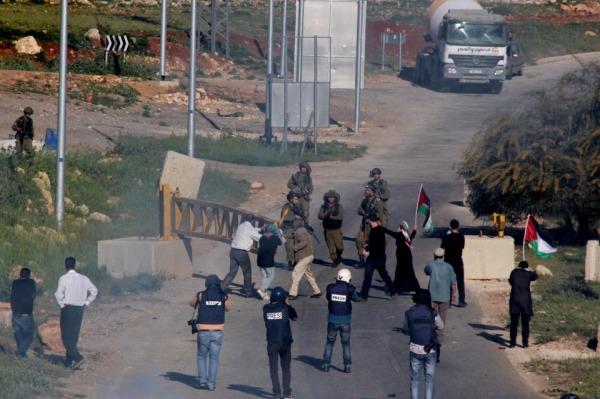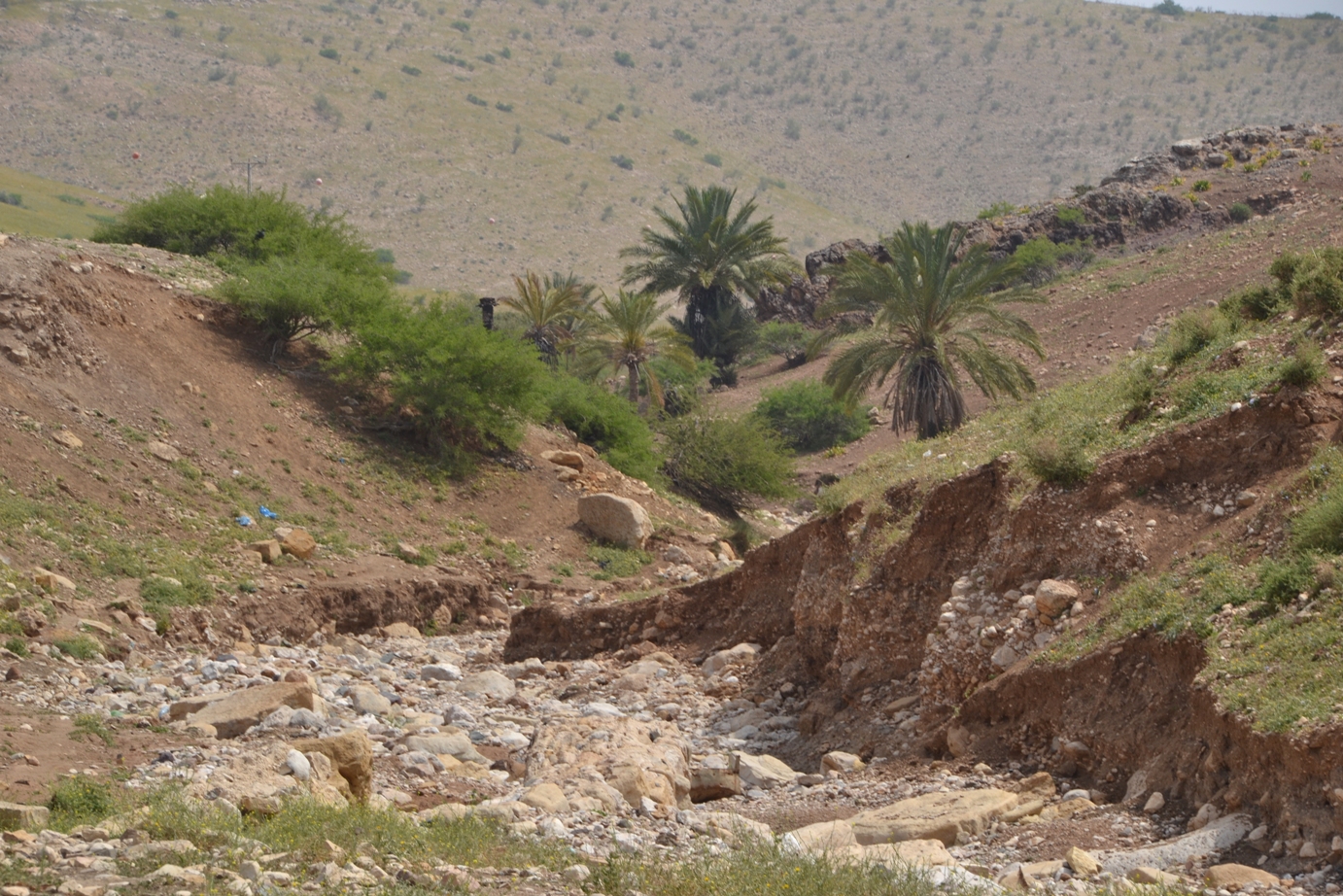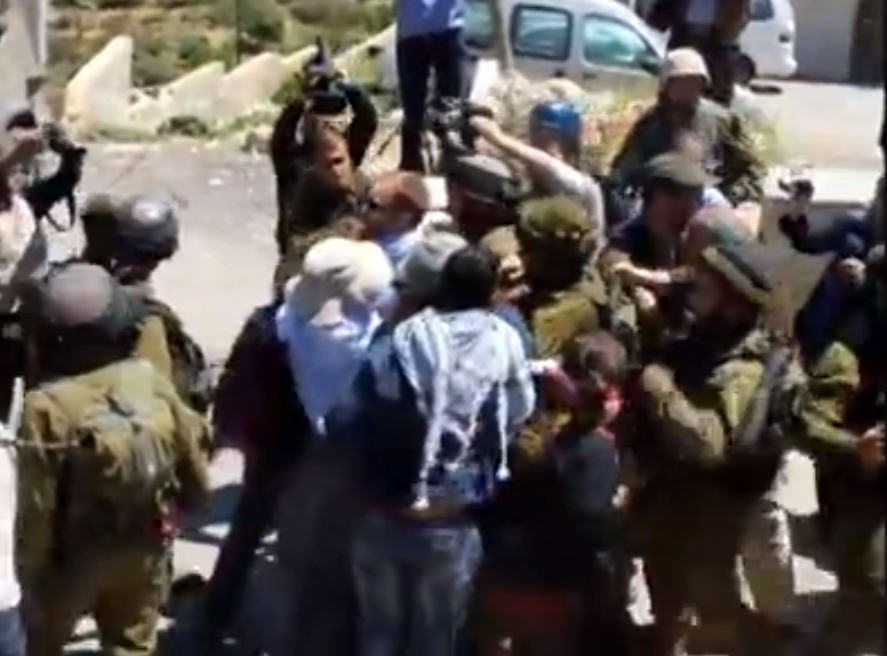Category: Reports
-
Nabi Saleh successfully end three day siege of their village with peaceful protest
15th April 2014 | International Solidarity Movement, Ramallah Team | Nabi Saleh, Occupied Palestine Yesterday, The Palestinian Popular Resistance Committee of Nabi Saleh called for a demonstration at 3pm against a siege enforced on their village by Israeli forces. The demonstration was an overwhelming success with the re-opening of the checkpoint and a withdrawal of the additional forces…
-
Harassment campaign continues in the Jordan Valley
13th April 2014 | International Solidarity Movement, Nablus Team | Al Maleh, Occupied Palestine The Israeli military oppression of Palestinians living in the Jordan Valley can take many forms, including the systematic confiscation of essential tools and materials, to physical punishment and arrest. The latest act of harassment by the Israeli army in the Jordan Valley…
-
Israeli forces arrest two ISM activists and two Israeli activists at demonstration in Hebron
12th April 2014 | International Solidarity Movement, Khalil Team | Hebron, Occupied Palestine Yesterday afternoon in al-Khalil (Hebron), approximately 70 people attended a demonstration outside the Rajabi building where four protesters were arrested, two ISM activists and two Israeli activists. Many different Palestinian groups working against the occupation organized the demonstration. The protest began after…



